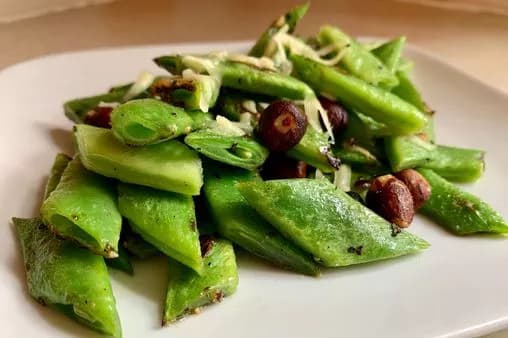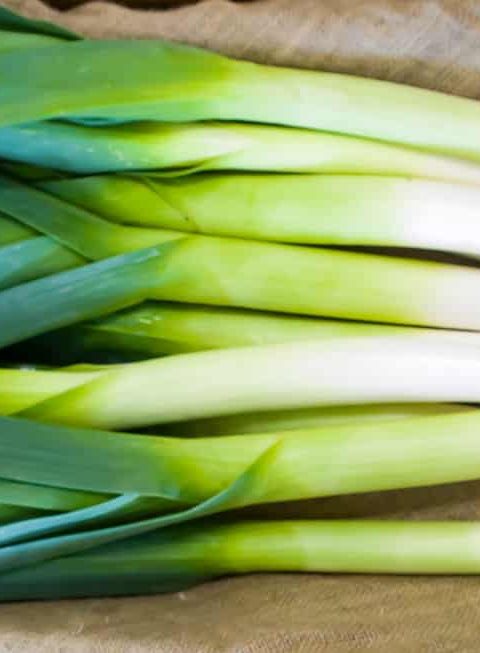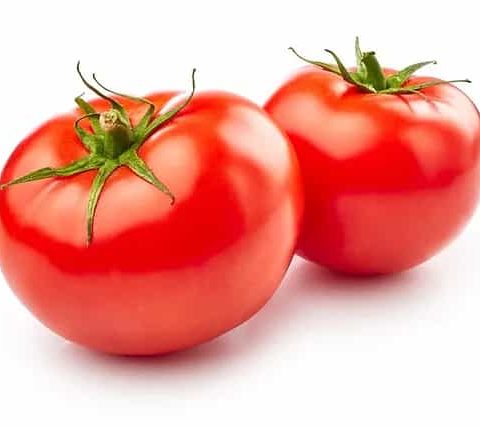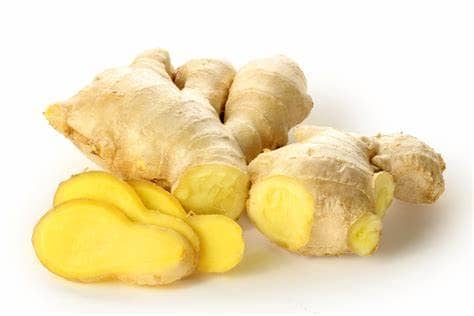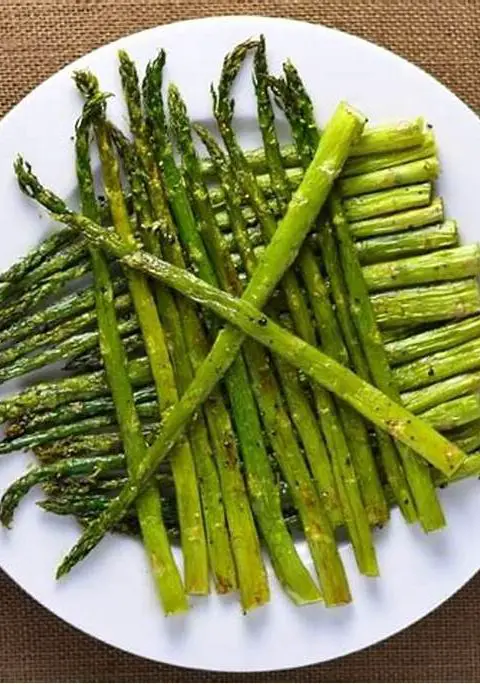If you’re looking to add new colors and textures to your meals, look no further than the runner bean. As a food blogger with over 10 years of experience, I love showcasing unique fruits and vegetables like these.
In this article, I’ll provide an overview of what exactly runner beans are, how to purchase and prepare them, delicious ways to cook with them, and their nutritional benefits. Read on to learn all about these underrated beans!
What are Runner Beans?
Runner beans go by several names, including scarlet runner beans and multiflora beans. They belong to the Phaseolus coccineus species of the legume family.
Unlike most green beans, runner beans have large seeds and are often grown ornamentally for their bright scarlet blossoms before being harvested as a vegetable. The beans can range from deep burgundy to light green in color.
Native to Central America and Mexico, runner beans have a very brief season during the summer months. Their flavor is more robust than green beans with almost nutty, earthy undertones.
Purchasing Fresh Runner Beans
When shopping for runner beans, I look for:
- Firm, crisp pods without blemishes
- Smaller beans around 4-6 inches long
- Deep, vibrant color whether green, scarlet, or purple
- A smooth, shiny exterior lacking wrinkles or mold
Buying them at the peak of the season and storing them properly helps maintain texture.
Preparing Runner Beans
Preparing runner beans takes just a few simple steps:
- Rinse under cool water and trim the ends. For larger beans, string the edges.
- Slice on the bias into 1-inch pieces for even cooking.
- For maximum flavor, sauté or roast them before adding to recipes.
They pair wonderfully with warm spices, citrus, fresh herbs, garlic, shallots, and butter.
Delicious Ways to Cook Runner Beans
My favorite quick-cooking methods for runner beans include:
- Sautéing with olive oil, garlic, and herbs until crisp-tender.
- Roasting at 400°F tossed in oil, salt, and pepper to caramelize.
- Adding to fresh salads for texture and color contrast.
- Mixing into pasta dishes, risottos, soups, and grain bowls.
- Topping pizzas and flatbreads before baking.
With their firm crunch and sweet, earthy flavor, runner beans add interest to both warm-weather and fall meals!
The Nutrition Profile of Runner Beans
Like most beans, runner beans deliver a variety of key nutrients and health benefits:
- Excellent source of thiamine, niacin, vitamin A, and vitamin C
- Provide a mix of minerals like iron, calcium, and potassium
- High fiber and protein with just 60 calories per cup
- May help regulate blood sugar levels and lower cholesterol
Adding runner beans to my diet helps me feel energized and satisfied. I aim for 1-2 servings per week during their short season.
Storing Runner Beans
To extend freshness, I recommend:
- Placing beans in a perforated plastic bag in the warmest part of your fridge
- Use within 3-5 days for peak texture and flavor
- Do not wash until ready to use
Proper storage keeps runner beans crisp, snappy, and delicious. I hope you’ll give these colorful beans a try this summer! Let me know if you have any other runner bean questions.

